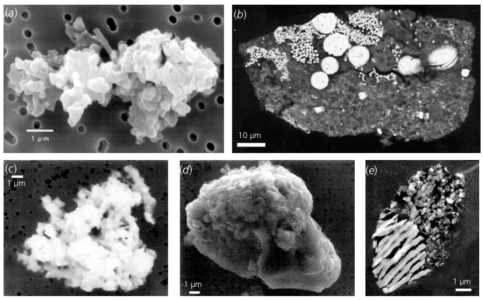Detection of microparticle impacts on spacecraft via their plasma effects

Microparticles are one of the most unknown components of the space environment. Their observation and investigation is complicated by their small size and their high velocity. When impacting on a spacecraft surface, a plasma cloud is generated by shock wave and surface ionization processes. This transient cloud of vaporized and ionized particle and surface material, referred to as impact plasma, rapidly expands to the meter scale within microseconds, thereby interacting with spacecraft surface components. Plasma wave and radio antennae on-board several spacecraft detected noise signals that have been attributed to the interaction with transient impact plasma clouds. This observation triggered the question whether, and under which conditions, this effect may be applied for a dedicated impact detection sensor. In this context, we have studied the feasibility of, as well as the requirements for using the impact plasma effects for impact parameter detection. In particular we focused on the detection of the plasma cloud by antennae on spacecraft surface.
The important benefit of this detection concept is its simplicity. In principle, only an array of antennae is used while the spacecraft surface is used as detection surface.
The study is based on simulations to allow for a wide parameter range of both particle characteristics and sensor configurations that are not completely accessible through ground experiments. Effort was taken to develop a comprehensive impact plasma model and to implement an algorithm that includes the plasma cloud formation and evolution, as well as the signal generation due to antenna-cloud interactions. This impact plasma model was applied in a parametric study to investigate the correlations between the induced sensor signals and the microparticle characteristics, the impact conditions, as well as the sensor configuration. The study results have shown that important particle characteristics, i.e. particle size/mass, impact angle, and impact velocity vector may be traced back by sampling antennae response.
It was found that the currently unconsidered emission of secondary electrons due to the fast cloud ions is the most appropriate mechanisms for impact detection. The other effect used is the recollection of impact plasma cloud electrons by the charged spacecraft. We demonstrated the feasibility of this concept by means of dedicated simulations and derived sensor requirements. We conclude that an array of simple, passive antennae can be used as an efficient impact detector. Finally, we outline the technology development activities to be taken to realize a microparticle detector which is based on plasma-antenna interaction.
